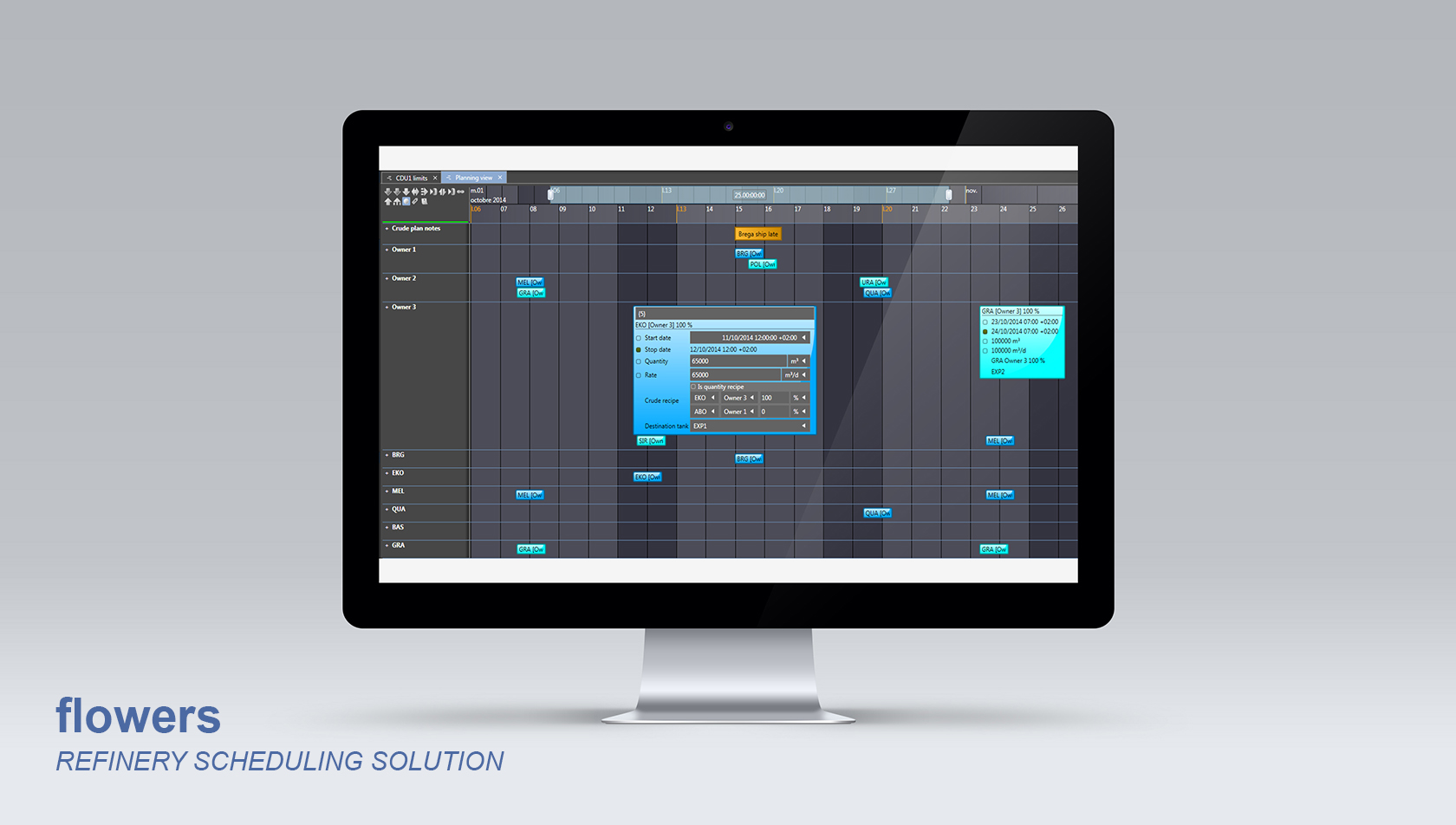
Innovative features that help refinery stakeholders make their programming more reliable
Refinery planning has been among the first applications of mathematical programming in the industry. Linear programming has been successfully applied to both long term and short term refinery planning.
Fundamentally, linear programming is about calculating a set of activities under the condition that no activity should be used if a more profitable activity or combination of activities was available. In addition, the method implies values to be placed on scarce resources (marginal costs) which define the opportunities open to the company.
The practice of linear programming by oil refiners has evolved over time in two, somewhat competing directions
- Running a large number of cases in order to quickly evaluate various crude oils available in the market from a trader’s perspective
- A short term perspective on refinery planning viewed as a preparation step to refinery scheduling: this view on refinery planning requires a more accurate representation of both the logistics and stream movements (hence a generalized use of pooling) and of the process units performance (hence the use of non-linear process models)

The new generation refinery planning systems must therefore address the following requirements
The Princeps solution at the service of refinery planning operations
The Princeps refinery planning system offers a flexible and powerful modeling environment, for single or multi-period planning, of one or more refineries, with pooling and non-linear process modeling capabilities (simulator interface). .. A comprehensive distribution network optimization capability is also part of the system.
In addition to these capabilities, here are some of the system’s distinctive features:
Multi user achitecture
Models, scenarios and solutions are stored in the central database, and can be shared based on authorisations and roles
Scenarios and alternates
Scenarios are organized in a tree structure, which can be either generated automatically or (partially) built manually
Alternates are a convenient way of building new scenarios. An alternate is a set of modifications with a name, which can be applied to one or several scenarios in order to generate new scenarios
Parametrisation and sensitivity analysis
Which considerably simplifies alternative scenarios definition, execution and reporting. With its novel capabilities allowing virtually limitless combinations of parametric loops, the generation of hundreds of scenarios is just a few clicks away
Planning/scheduling models and scenarios
Simplified and unified model building and maintenance: Process models are built once and shared by both planning and scheduling.
Planning directives such as operating parameters or blending recipes can be directly retrieved and used in scheduling
Solution database
All planning runs results are archived in the output database, and can be retrieved and shared among planners
Individual or multicase reports can be built based on a selection of archived cases
Fully configurable reports
Other advanced features
Full versioning and archiving of models and cases Parallel processing: Multiple scenarios can be solved in parallel using multi-core CPU